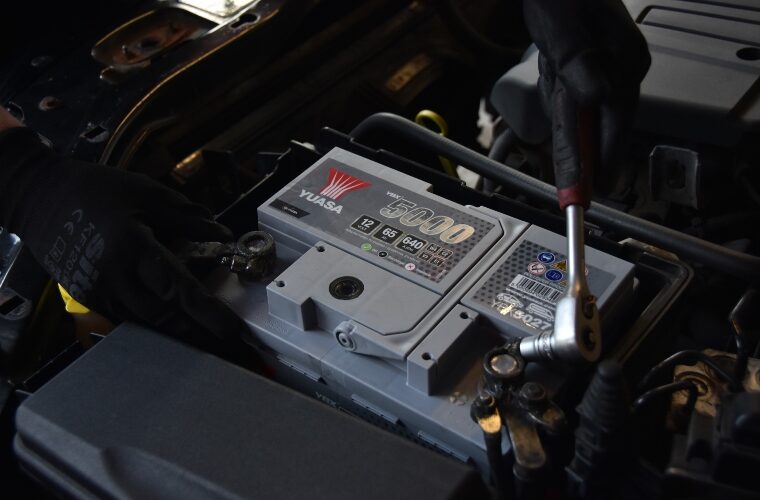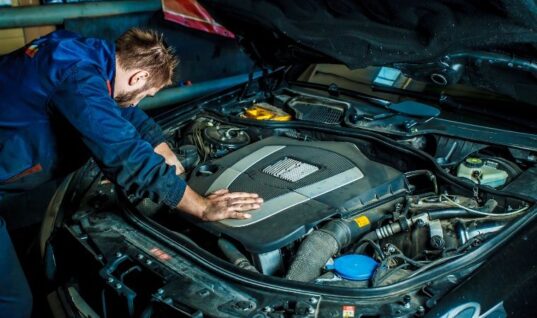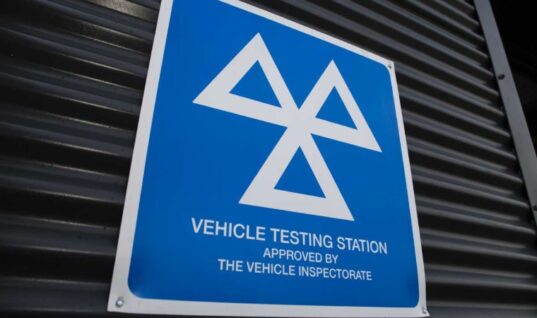Battery replacement can be stressful at the best of times, however, as the cost of living continues to rise, never has the potential cost of a battery failure loomed so large.
It’s widely known that the risk of failure increases as temperatures cool, in fact, most people who have gone to turn the key and heard the clicking sound of a flat battery will have experienced it on a cold autumn or winter morning.
With the cost of a new AGM battery being up to £350, preventing battery failure will reduce the risk of a significant, unbudgeted, household expense.
This is why GS Yuasa is highlighting a few simple things you can do to minimise the inconvenience and costs associated with battery failure as winter approaches.
Routine battery care
The best way to avoid the cost of a new battery is to look after the one you already have.
For most, a vehicle’s battery is a fit and forget product that is only thought about once it has failed.
However, just like a brake pad or windscreen wiper, it is a consumable item.
Taking care of it is key to getting the maximum service life and avoiding the distress of a vehicle not starting.
Batteries fitted to vehicles used for infrequent or short journeys fail at a much higher rate than those fitted to vehicles in regular use.
This is because vehicle batteries are designed to provide enough power to start your car before it is then replaced through regular driving.
If a vehicle is used infrequently, or for repeated short journeys, the battery may not receive sufficient charge to deliver reliable starting power.
Kind of like using your phone every day but not charging it regularly.
For most people who use their car to commute, or whose journeys regularly include at least five or six miles of continuous driving, the battery should receive sufficient charge to replace what’s used to start the car.
However, for those who use their car less frequently, or for shorter journeys, GS Yuasa recommend at journey of at least 30 minutes every so often.
Depending on the state of charge, this is often enough to sufficiently recharge the battery in order to supply dependable starting power.
Although there is no hard and fast rule as to how long or how far a vehicle needs to be driven to recharge the battery.
Having your vehicle battery checked as winter approaches
Most workshops and garages who stock GS Yuasa batteries offer a free battery check service, completed in just a few minutes.
The results provide an insight into a battery’s state of health and can even identify a failing battery before a non-start situation.
Armed with this information, motorists can employ the necessary tweaks to extend service life, whether changing the route they take to work or using a smart charger.
Use a smart battery charger
Regularly using a battery charger is an easy way of prolonging a battery’s service life and reducing the risk of battery failure.
The Yuasa YCX range of smart chargers has been designed to replenish a battery’s ability to provide reliable starting power.
Using a smart charger is as simple as connecting it to the battery and selecting the correct mode.
As the name suggests, a smart battery charger can be used to extend battery life, maintain peak performance and minimise failure.
The Yuasa YCX range includes a patented rejuvenation phase to break down sulphation – the primary cause of premature battery failure.
Their maintenance mode ensures charge is maintained over extended periods of reduced usage or battery storage.
Ensure fitment of the right battery
As modern vehicles become ever more complex, their batteries become more integral and more expensive.
EFB (Enhanced Flooded Battery) and AGM (Absorbent Glass Mat) batteries have increased in popularity with vehicle manufacturers over the past decade.
These batteries must be replaced like for like.
In applications where an AGM battery is fitted, its replacement must be of the same technology.
The same applies to EFB battery types.
Although not always immediately, fitting the wrong battery will always result in reduced service life and very often battery failure.
Understandably, this isn’t covered by a manufacturer’s warranty and typically results in the need for a battery of the correct specification to be purchased
This is on top of the outlay for the original, incorrectly fitted battery.
Choose a battery of Original Equipment (OE) quality
With so many choices available, GS Yuasa are encouraging motorists to consider the battery manufacturer when replacement is required.
Choosing a battery from an Original Equipment (OE) manufacturer is highly advised.
Although it may seem like a quick win for your bank balance, choosing a non-OE specification battery over a genuine OE battery will always cost you more in the long run.
Vehicle manufacturers spend millions of pounds to develop vehicles, with all components carefully considered.
GS Yuasa are an OE manufacturer, put simply, this means they are trusted by the world’s top vehicle manufacturers to design and develop a product that meets their exacting requirements.
All Yuasa YBX and GS vehicle batteries are of Original Equipment quality meaning you can be confident in their ability to provide reliable starting power over an extended service life.
Yuasa and GS vehicle batteries are produced to the original manufacturer’s specification, using the highest quality materials in factories where rigorous quality control processes are in place.
This ensures every battery meets GS Yuasa’s high standards as well as those of the world’s top vehicle marques.







